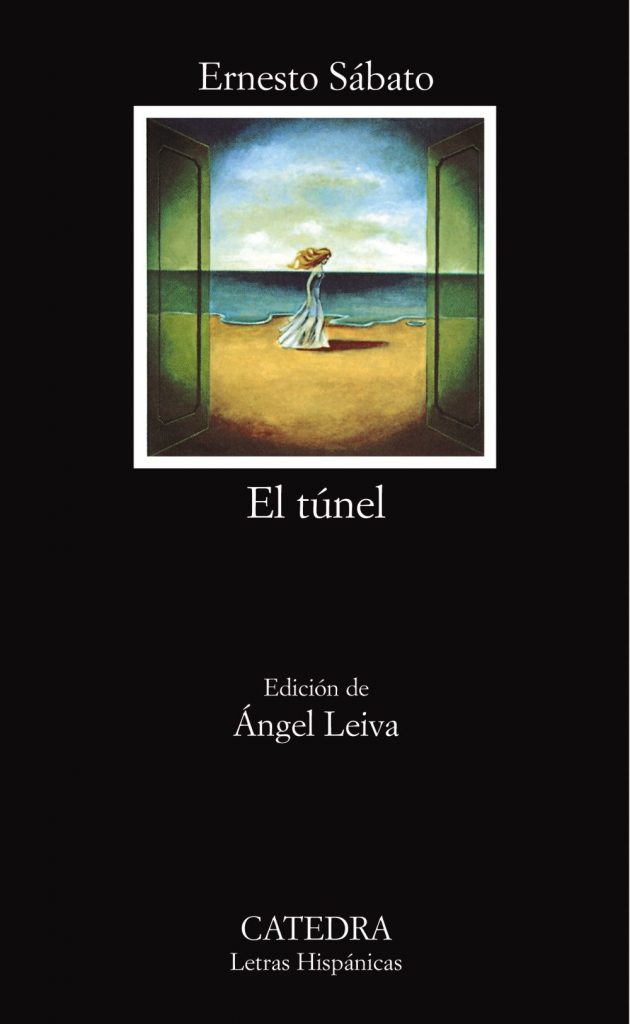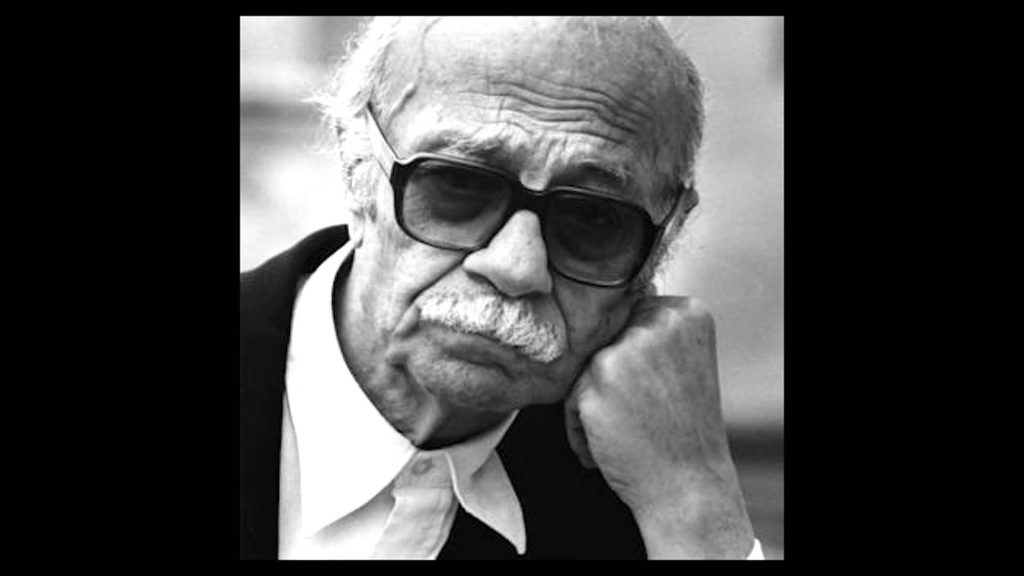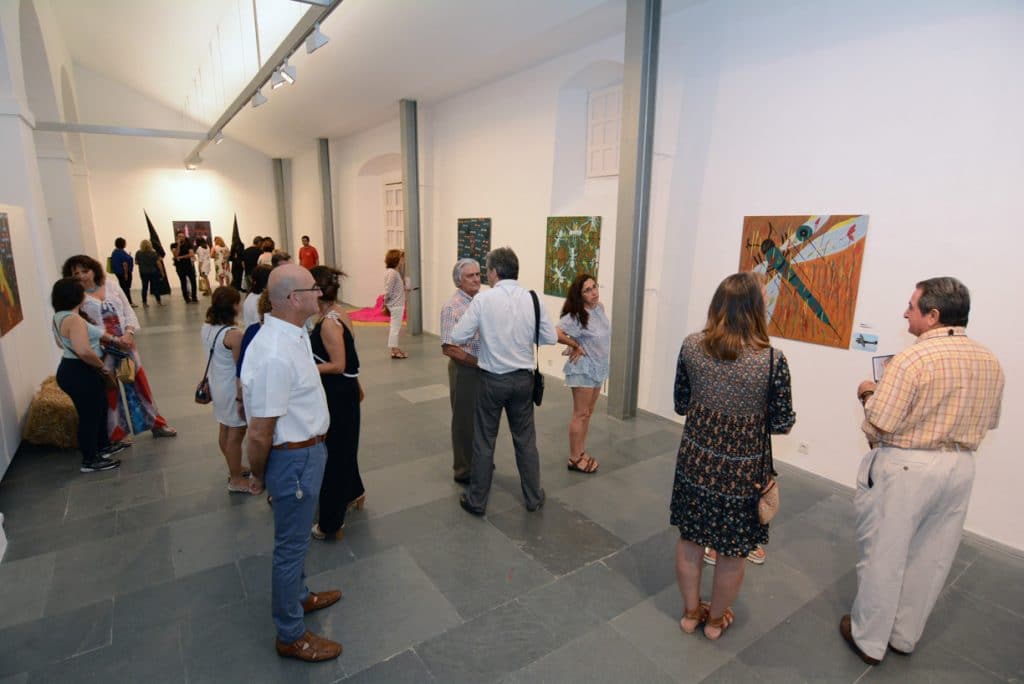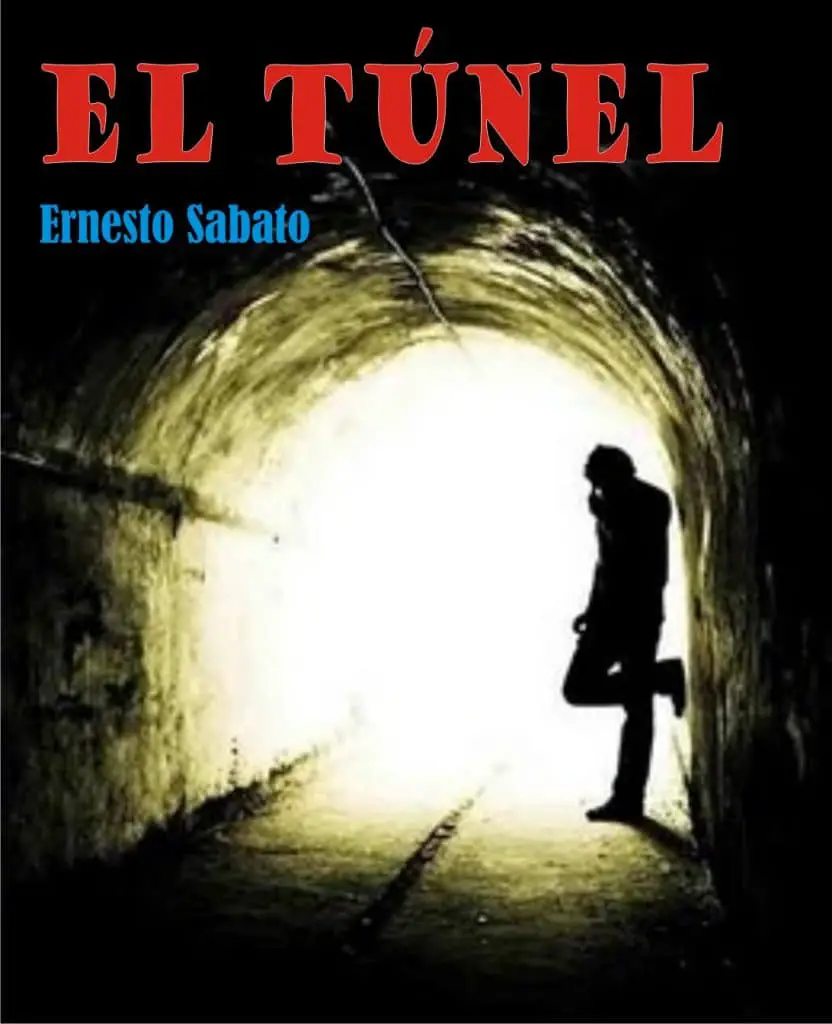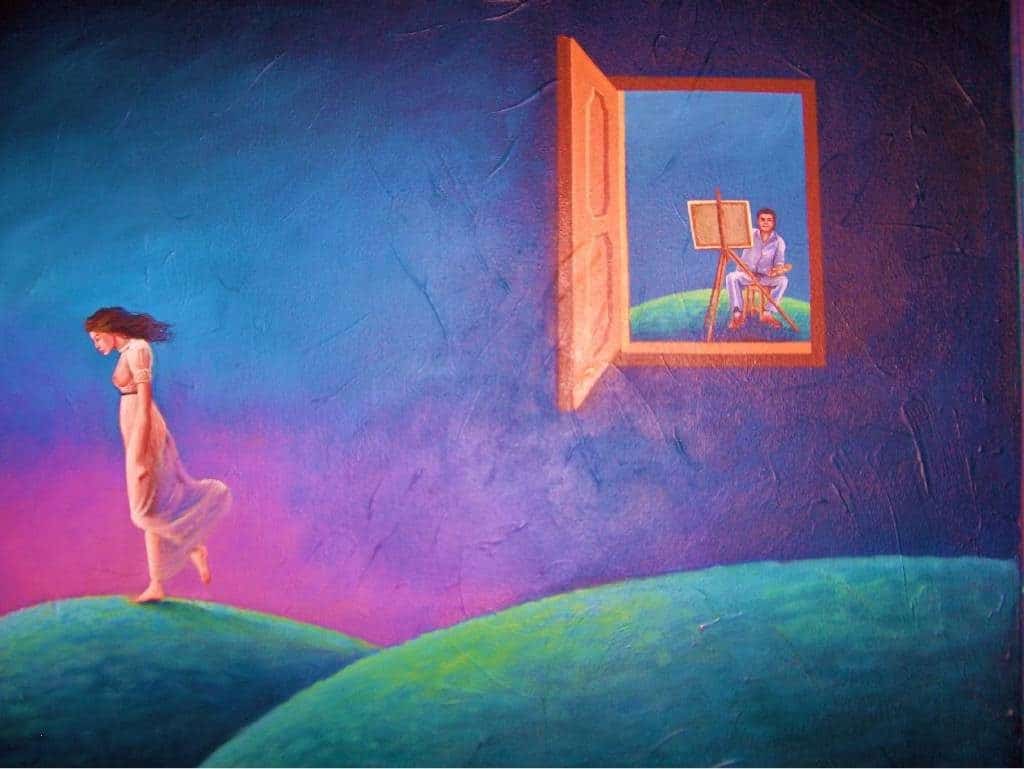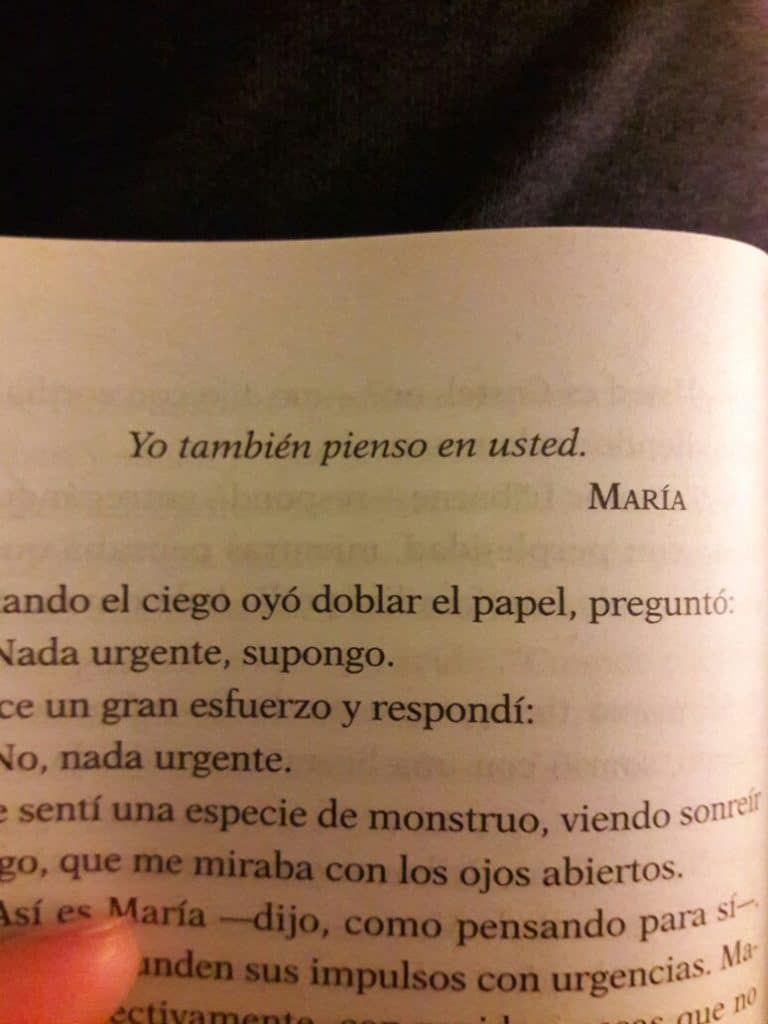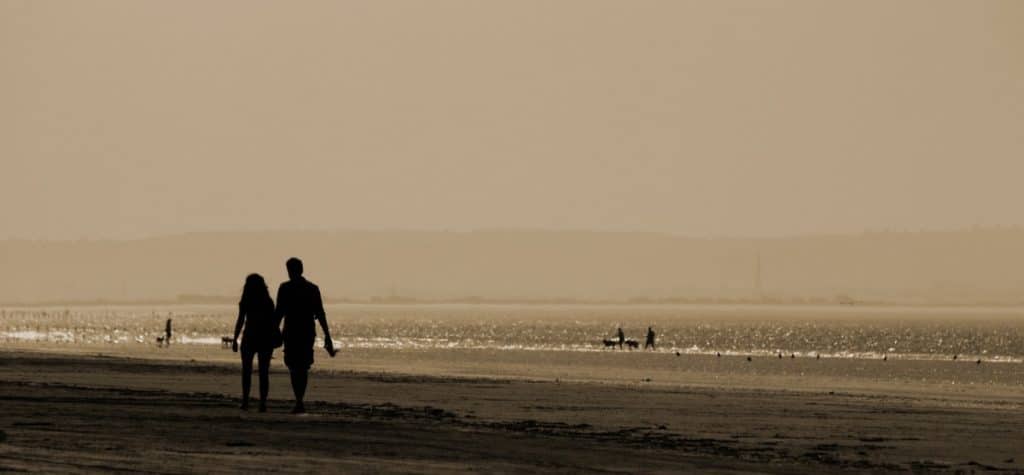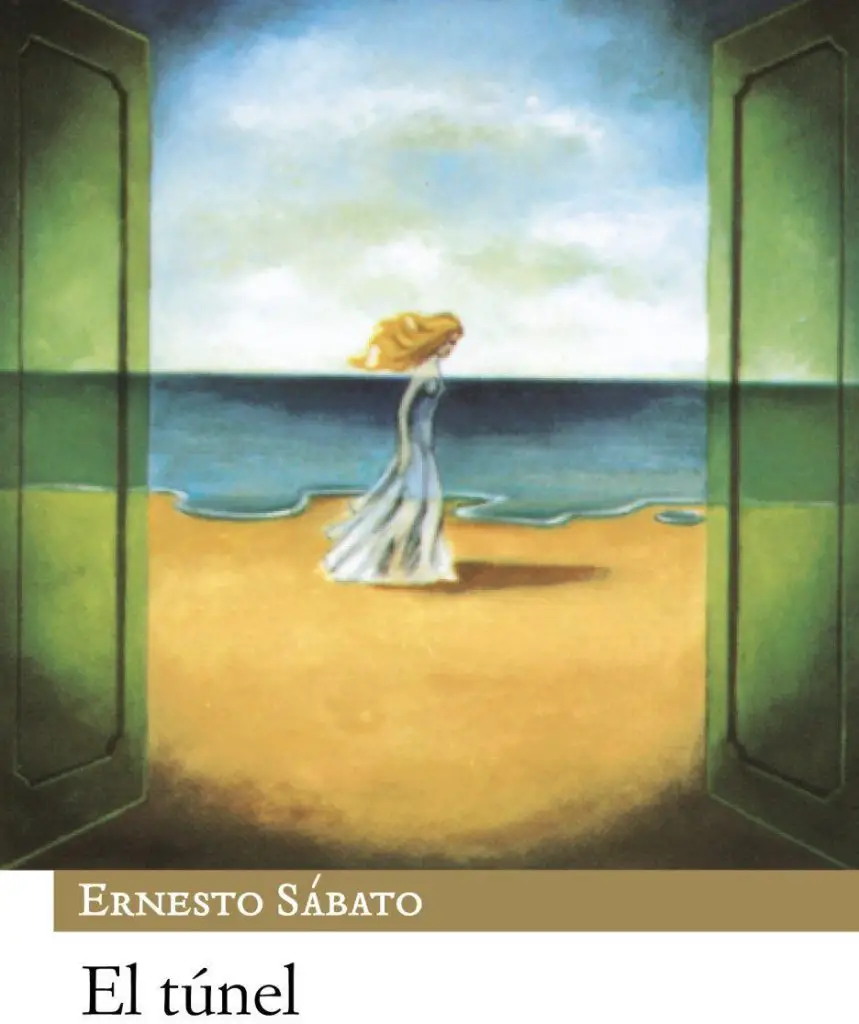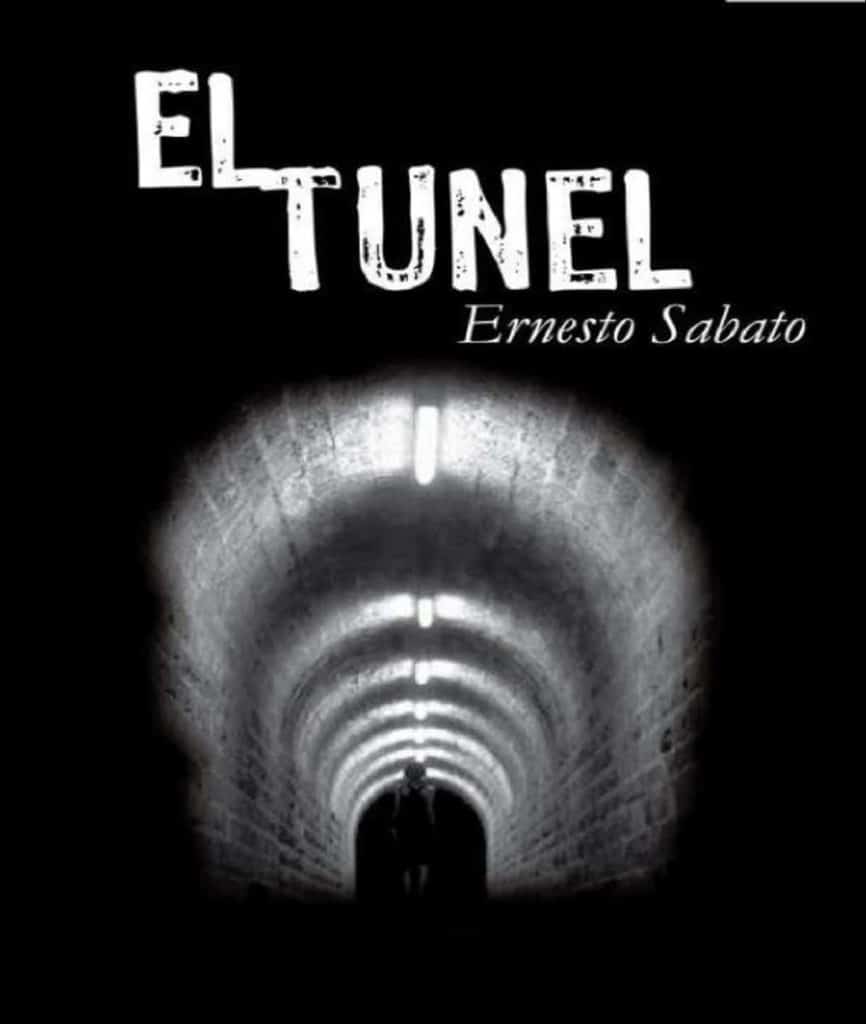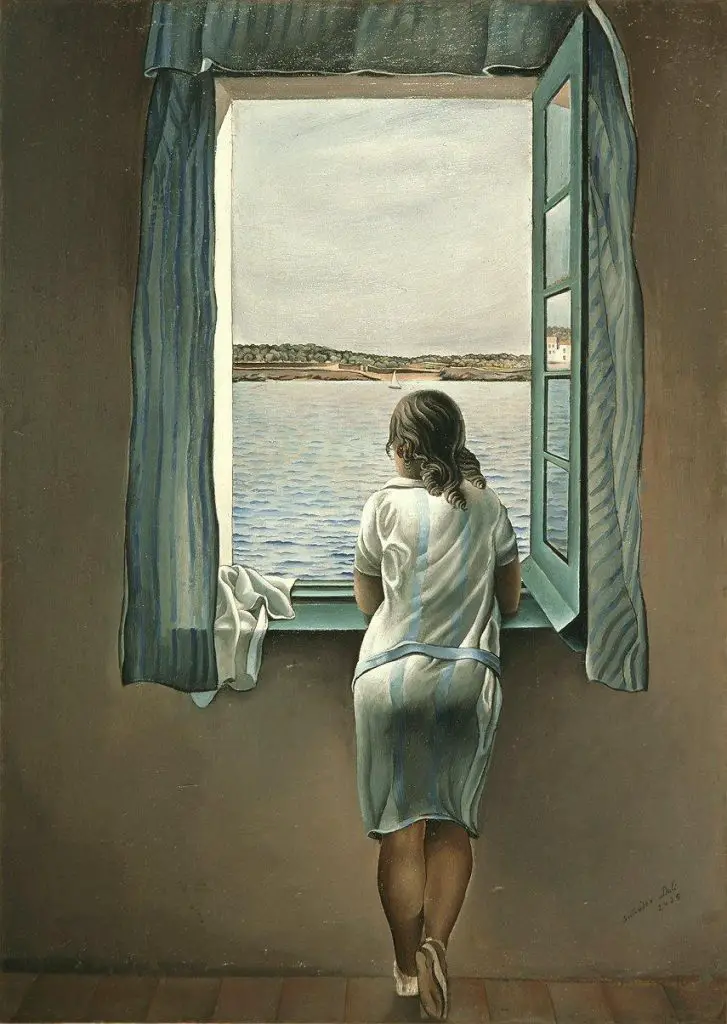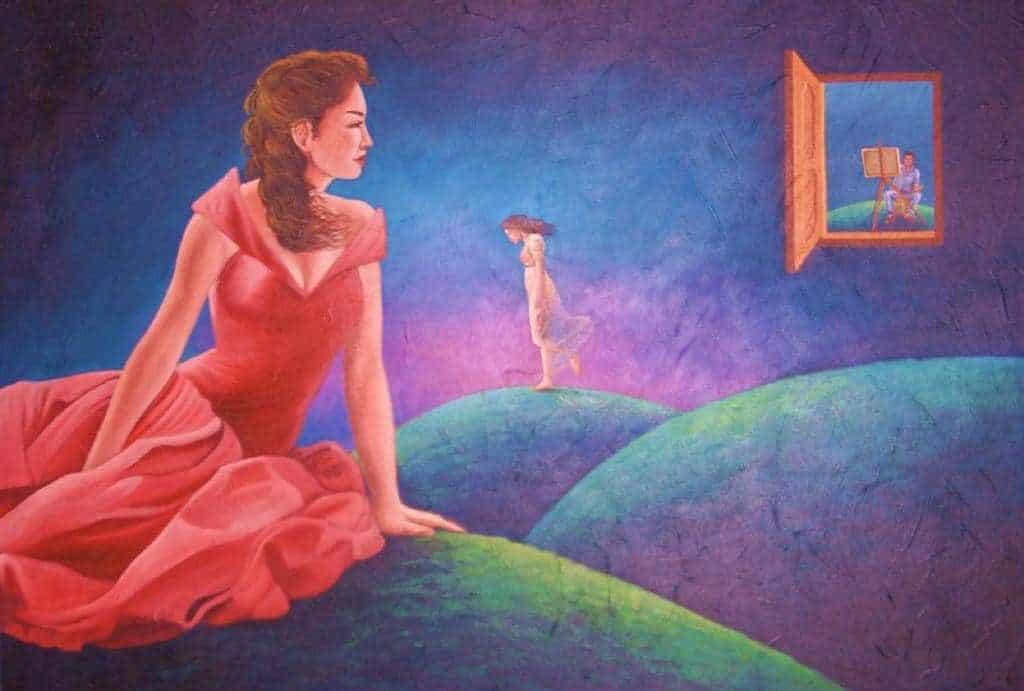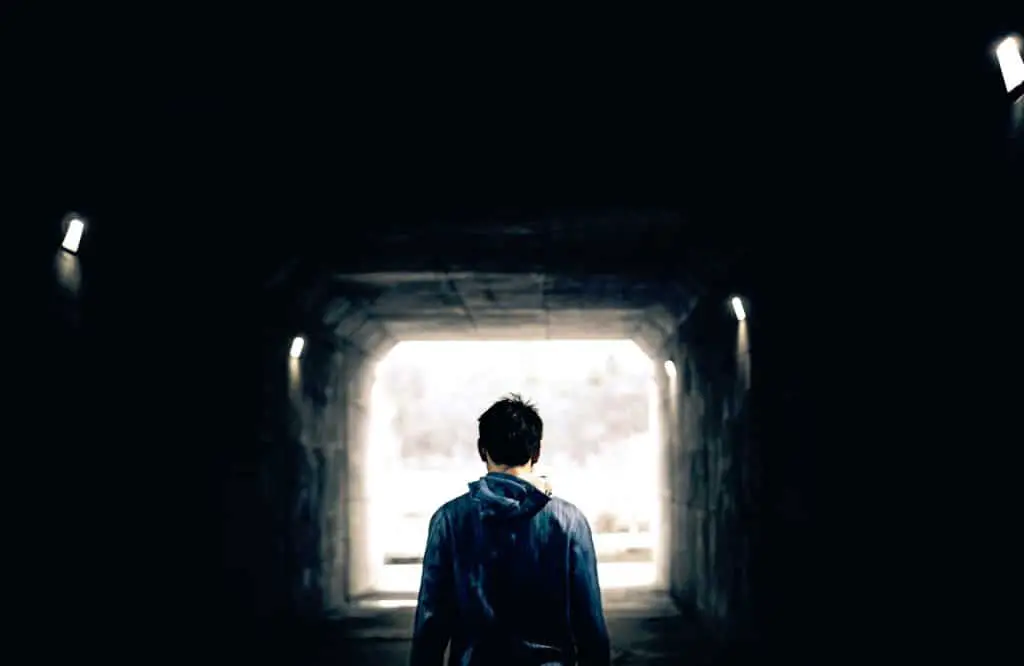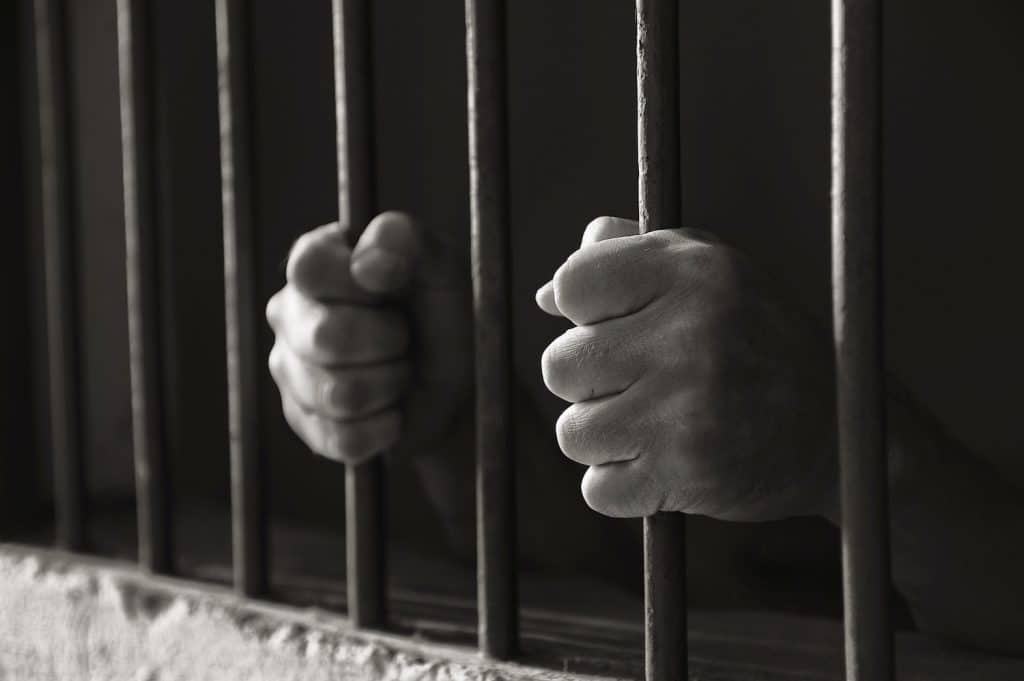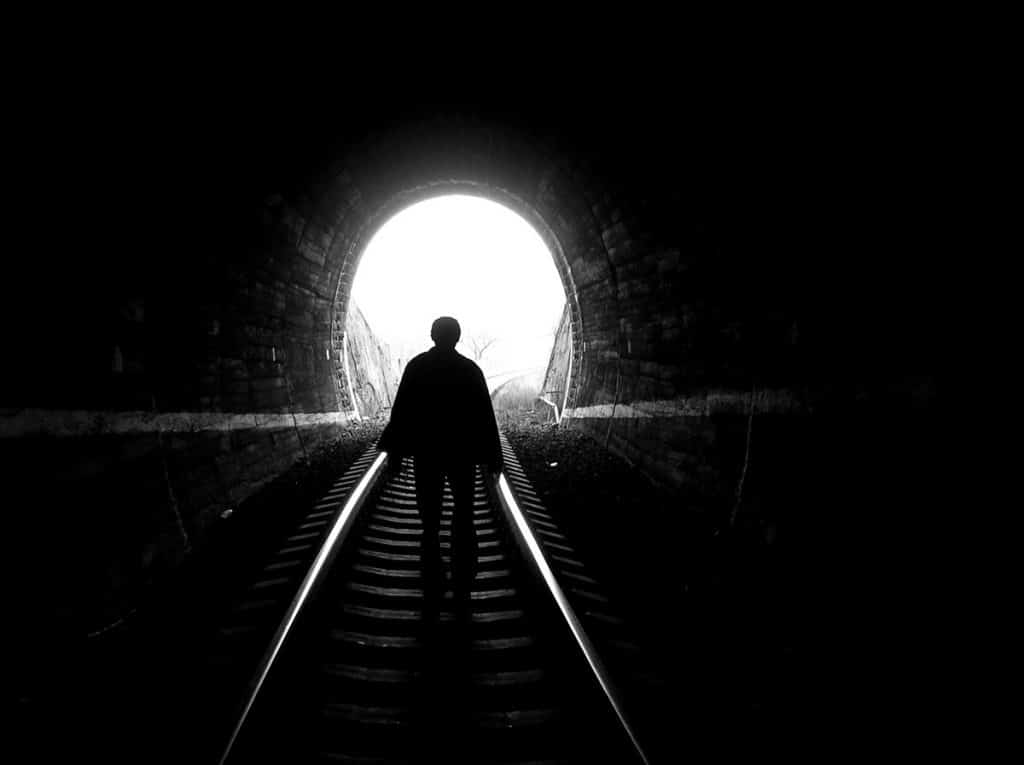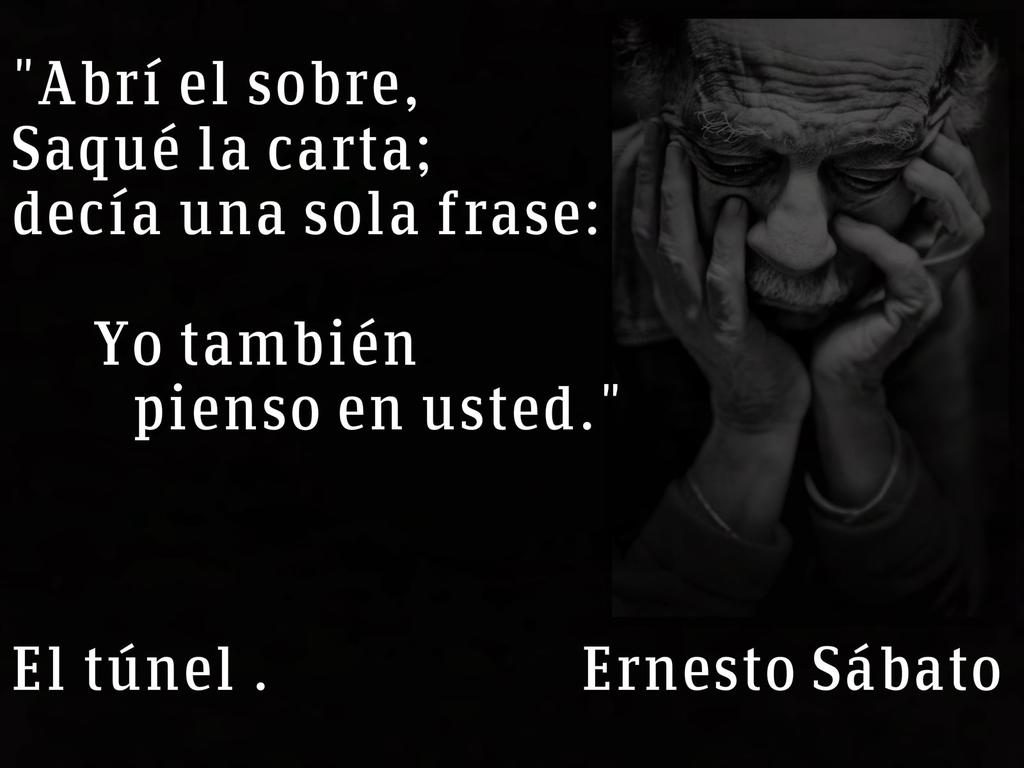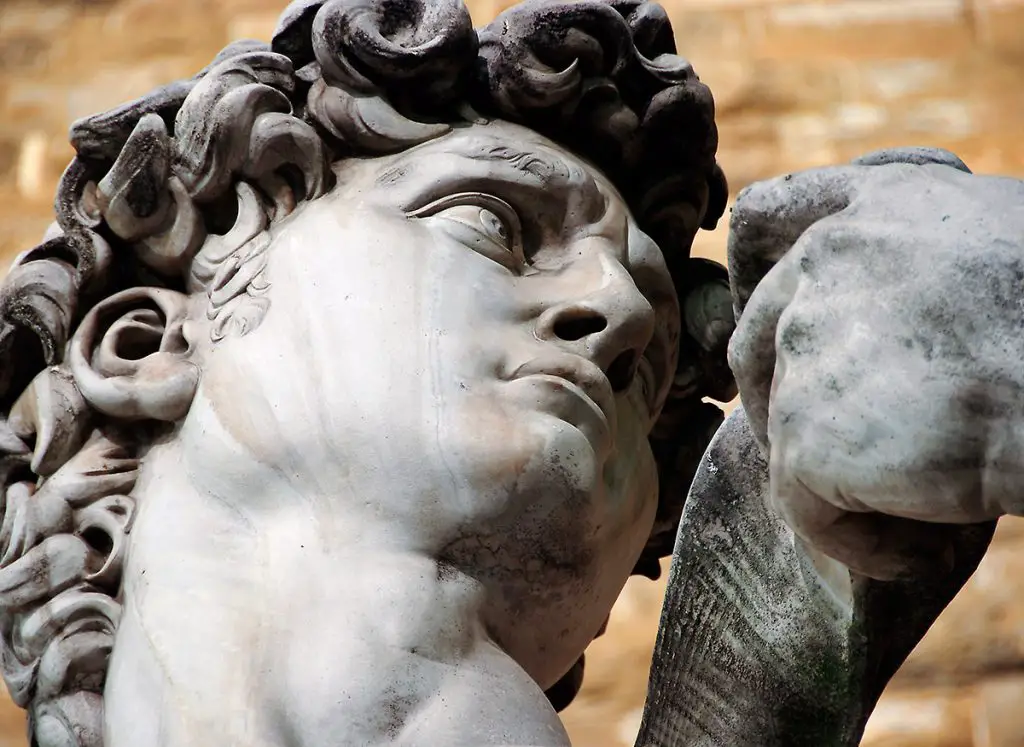El Túnel is a psychological novel written by the Argentinian Ernesto Sábato and published in 1948, one of the great South American novels of the century. It is a book in which the protagonist tells the reader the story of how he killed his wife and the reasons that led him to commit the crime.
Summary of The Tunnel
El Túnel is a story of love, hate and death, in which the narrator tries to make the reader understand the reasons that led him to kill the woman he loved, who was his only salvation. It is a book of mystery and psychology, made up of thirty-nine chapters in which the famous Buenos Aires painter recounts from prison this important period of his life and the events that caused him to lose control. El Túnel is divided into chapters:
Chapters I to V
The first part of El Túnel begins with the protagonist, the painter Juan Pablo Castel, confessing to having killed María Iribarne. Castel has a very pessimistic view of the world and claims that the only person who understood him was the woman he killed. This man believes that criminals are, in a way, harmless and necessary, because they help to cleanse society of harmful individuals.
He introduces his character and talks about what he thinks of men who always act out of vanity. Juan Pablo tells his readers that he is going to tell the story of the crime he has committed, presenting himself as a flawed human being, without caring what they think or how they feel about him. However, he wishes and hopes that at least one of his readers will understand him, which would be a bit difficult; only one person in life has ever managed to do that, and he murdered her.
Juan Pablo talks about how everyone knows that it was he who killed Maria, but no one knows why he did it, or even what their relationship was. He begins by telling how he met her one day at an exhibition in Buenos Aires, at the Salón de Primavera, in 1946, where he was presenting his books. (See also: The Name of the Rose).
His attention was caught by a girl who was staring at one of his paintings, entitled ‘Maternity’. She was the only person who had ever stopped to look at his work in this way. It was a massive painting depicting a woman looking out to sea on a deserted beach; it had a small window at the top left to which this woman was the only one paying attention. For Castel, this painting represented a fearful and absolute loneliness.
Juan Pablo tried to approach her, but the woman disappeared in the crowd. For months he went to the salon, hoping to meet her again, but without success. From that moment on he could not stop thinking about this mysterious woman and somehow he only painted for her. Several months passed before he saw the woman he was looking for walking down the street. But in the end, because of his nerves, he let her go for the second time.
Chapters VI to VII
Juan Pablo Castel finds Maria again and follows her to Company T. The woman notices that he is following her because she asks him a question about the building. Castel begins to ask Maria questions about the painting and whether she remembers it, especially the small window she was staring at, but she seems confused.
The situation became uncomfortable, Castel felt very sorry, he thought that she had forgotten the painting and that everything else he had felt was just his imagination, he apologised to her, admitting that he had made a mistake, and left quickly, wanting to get away from there as quickly as possible. Suddenly he heard his name called and when he turned around it was Maria who confessed to him that she kept remembering her painting and ran back to T Company.
Chapters IX to XII
Juan Pablo did not lose hope of seeing her again, so the next day he decided to go back to the place where he had seen her in the hope of catching her, and he succeeded, and he also took her to San Martin Square to settle the matter of the painting. When he arrived, he asked her why she had run away the day before, but she said she didn’t know. The protagonist is portrayed as a strong character who wants to be understood, while she seems insecure and scattered.
The narrator confesses to Maria that he needs her because he knows she thinks like him and that she should not leave his life, to which she replies that she always hurts those who get close to her. There was undoubtedly a mutual attraction between them. At nightfall, he decides to call her, telling her that he could not stop thinking about her, but Maria replies that it is not a good time to talk and he has to hang up.
Castel was very puzzled by this call and decided to speak to her again in the morning. The girl on duty answered and told him that she was out, that she had gone on a trip but had left him a letter. When he went to look for her, he was met by a tall, very kind, blind man called Allende, who told him that he was Maria’s husband and gave him the letter she had left him. (See article: Chronicle of a Death Foretold).
The man told him that María was at the estancia, on a farm belonging to her cousin Hunter, far from Buenos Aires, and that she used to tell him about him and his painting, and asked him if the letter said anything urgent, to which he replied that it did not; it only said “I am thinking of you too”. Castel told Mr Allende that he had to go and left.
Chapters XIII to XX
Confused by all that had happened, Juan Pablo did not know what to do, and from that moment on his obsession and unhealthy jealousy of Maria grew. So he wrote her a letter and sent it to the estate, asking her to call him. In all that time of uncertainty, the only thing he expressed was his intense desire to be with her.
Since then they have communicated by letter, and in one of them Juan Pablo Castel tells Maria that he loves her and that he wants her to come back soon. She only replies that she does not want to hurt him, but he says that he does not care. When he returns from the ranch, they agree to meet. During this meeting, the protagonist wants them to talk about them, but Maria avoids him and tells him that she is afraid that he will not understand her and that he will end up hurting her.
https://www.youtube.com/watch?v=ZJnrxboHRiE
After that, they had several meetings, many of which ended in arguments, he asked questions to which she did not answer, and he became violent and aggressive. One day he asked her if she was still sleeping with Allende; she said yes, but that didn’t mean she wanted to. For a moment he wanted to take his cruelty to the extreme and said: “Fooling a blind man”. You could see the great wound he had inflicted on her. During those days he called her and went to her house, but he could not reach her, and Juan Pablo began to feel that something had been broken between him and Maria.
Chapters XXI to XXV
One day Juan Pablo decided to go to her house to look for Maria, but he was told that she had gone to the ranch. So he wrote her a letter asking her to forgive him for what had happened. After a few days he received a reply telling him to go to the ranch where she was. When he arrived, he was met by a driver who told him that Maria had not been able to go because she was a little ill.
Hunter met him at the house and introduced him to a slender woman called Mimi, showed him around the house and told him that Maria was a bit unwell and would come down later. During the meal they talked about their paintings and Juan Pablo concluded that Maria had not come down because she did not want to listen to the idiocies her cousins were talking about.
Chapters XXVI to XXVIII
Finally, Maria leaves her room and they go for a walk on the beach, on the pretext of looking at some paintings. She confesses things about her past that Castel doesn’t like and tells him how she felt when she first saw his painting. When he found out about these things, the painter felt like killing her, he felt that she was a false woman and that she was hiding things from him (see article: Love in the Time of Cholera).
Back at the house they decided to go for a walk in the park, Castel was confused, everything Maria had told him didn’t match the way she treated him. When they arrived at the ranch, Juan Pablo noticed that Hunter was jealous as they ate in silence. This led him to conclude that Maria and Hunter were lovers. The next day, the protagonist decided to leave the place; he waited for the train to Buenos Aires, hoping that Maria would arrive, but she didn’t.
Chapters XXIX to XXXIII
Back in Buenos Aires, Juan Pablo Castel began to have a major psychological crisis, he began to go to bars to drink, to get drunk and to abuse women. In the middle of all this, he decided to write a letter to María, explaining why he had left the estate and that he did not understand how he could be with Allende, Hunter and himself at the same time. A few minutes after posting the letter, he realises that he can’t hurt María like that and goes back to the post office.
He tried to stop them sending the letter, but was told that it was not possible to send it back to him, the post office would not allow it. When he got home, he decided to call Maria immediately, but was told to try again later as she was out. When he was able to speak to her, he asked her a lot of questions and she told him that she was only hurting herself more. Juan Pablo asked her to come back, threatening to kill herself if she did not, and hung up.
Chapters XXXIV to XXXIX
When Maria arrived in Buenos Aires, where they had arranged to meet, she confessed that she was only there because he had asked her to be; Hunter was ill and she should not have left him alone. After waiting for her for more than half an hour, he decided to call home to find out why she had not arrived; the maid answered and told him that Maria had gone to the estancia after a call from Hunter. Juan Pablo went to his workshop and, full of rage, destroyed the painting of the beach, thinking only that Maria preferred Hunter to him.
Castel borrowed a car and set off. He realised that it was he who lived in the tunnel and that Maria lived in a world outside his own. When he reached the room, he saw that Maria had gone out into the park with Hunter arm in arm; as night fell, they returned and he noticed in detail that the only light on was in the master bedroom, so he concluded that they were sleeping together. He then saw the light come on in another bedroom and went there. Maria, confused, asked him what he was doing there and he said he must have killed her for leaving him alone.
Juan Pablo Castel stroked Maria’s hair and stabbed her in the stomach. When he saw the great sadness on her face, he felt a strange sensation that made him continue to stab her in the chest and belly. Then she left, took the car and drove back to Buenos Aires. At four in the morning, he called Allende to say that he wanted to see him, arrived at his house and told him how Maria had betrayed him with him and Hunter and confessed what she had done. (See also: 100 years of loneliness)
Allende tried to follow him to hit him, but he escaped. Juan Pablo Castel turned himself in to the police and confessed to the crime. He later learned that Allende had killed himself. The protagonist tells this story from prison, where he continues to paint from behind bars. He painted the blood in the cold, dark tunnel to represent the love he felt and the idea that he would never again be understood by another human being.
Film The Tunnel
Based on the book “The Tunnel” by Ernesto Sábato, an Argentine film was released on 1 April 1952, in black and white, on the advice of the author himself, who agreed that his work should be brought to the screen. The film tells the story of the crime of passion committed by the painter Juan Pablo Castel.
It is a film of drama, suspense and psychology, directed by Antonio Drove from Madrid. The film was shot in Spain and finished in the city of Buenos Aires, Argentina; it tells the story of how Juan Pablo Castel murdered the love of his life. It included new scenes that had not been written and showed an introspective psychology through the revelation and search for understanding of its protagonist.
https://www.youtube.com/watch?v=9KqjomrC0q8
Analysis of The Tunnel
The Tunnel is a famous novel by the Argentinian Ernesto Sábato, considered a psychological novel in which the protagonist tells his readers the reasons and motives that led him to kill the only woman he loved, looking for at least one person to understand and comprehend what he did without judging him.
The story begins with the painter Juan Pablo Castel confessing that he murdered María Iribarne, a woman he met at a painting exhibition at the Salón de Primavera in Buenos Aires, when he saw her staring at one of his paintings like no one else had ever done before. He tried to talk to this mysterious woman, but she disappeared into the crowd (see article: The Perfume).
For several days he went to painting exhibitions in the hope of finding her again, he could not stop thinking about her. One day he saw her walking down the street and followed her to ask her about her painting, telling her that he had been thinking about it a lot since then. He noticed that Maria didn’t understand and preferred to walk away, but she followed him and told him that she couldn’t stop thinking about his painting either.
From that moment on, they stayed in touch and there was a great attraction between them. Maria was the only person who could understand this painter. When he did not hear from María, Castel called her and found out that she was travelling and left her a letter; when he went to her house to look for her, he met a blind man called Allende, who turned out to be María’s husband and told him that she was at a cousin’s farm in the estancia.
From that moment on, his obsession and unhealthy jealousy of her increased; when he returned from his trip, he would interrogate her, becoming violent and asking her many questions, until one day they had a violent argument and Maria went back to the estancia. In one of her letters she invited Castel to go there, and without much thought he went. This is how she met Hunter and suspected that they were lovers.
Juan Pablo Castel returned to Buenos Aires full of anger and sadness, where he went to drink. He contacted Maria and asked her to come back or he would commit suicide. They made an appointment, but Maria never showed up; when he called her house, the maid told Castel that she had gone to the estancia. Very annoyed, the painter got a car and went there.
When he reached the room, he saw Maria walking hand in hand with Hunter. When they returned, only one room in the house was lit, which led him to believe that they were making love. When he saw another light on, he went upstairs and found Maria, who asked him what he was doing there. Castel only said that he had to kill her for leaving him alone.
So love, hate and jealousy led Juan Pablo to stab Maria in the stomach and chest. After his crime, he went to Allende to tell him how his wife had betrayed him and to confess his crime. Castel turned himself in to the police and learned that Allende had committed suicide, thus ending the story of how this painter killed the only person he loved.
Characters of The Tunnel
Juan Pablo Castel: is the narrator and protagonist of the book, a lonely painter with a great emotional imbalance who tells the story of how he killed the woman he loved. Psychologically, he is an intense character, a 38-year-old Argentinean man with an unhealthy obsession with the only person in his life who has ever understood him (see: The Psychoanalyst).
María Iribarne: is one of the main characters, a manipulative woman who likes to deceive men. A physically beautiful woman who appears mysterious throughout the story, leaving many unknowns. She is married to a blind man and is apparently Hunter’s lover, as well as the person who caused the painter Juan Pablo Castel to become obsessed with her, which led to her death.
Allende: is a secondary character, the husband of Mrs Iribarne, a blind and naive man who was convinced of his wife’s love. She cheated on him with her cousin Hunter and with the narrator of the story, who went to his house to look for a letter left by his wife. This man committed suicide after Maria’s death and after finding out what the woman he loved had done to him.
Hunter: A shallow, philandering man, he is Allende’s cousin and is in charge of a family farm on the estancia. He is apparently Maria’s lover.
Mimi is a minor character who is rarely mentioned in the book. She is a thin, very pedantic woman of French origin. She is Hunter’s sister and Allende’s cousin.
Plot of El Túnel
El Túnel is a novel that tells the story of the painter Juan Pablo Castel, a shy and conservative man whose life changes drastically when he meets María Iribarne, a woman who drastically changes his personality, turning him into an aggressive and impulsive man.
The title of this work refers to the darkness in which Juan Pablo Castel found himself, his life had been lonely, bitter and without love. From his point of view, the author sees his life as a tunnel, dark and gloomy. When he meets Maria, he begins to believe that she is a light, a hope, and that they could meet in the same tunnel; but with time he realises that Maria has her own tunnel and that he was not in her way.
Throughout the book, the author recounts the development of his strange relationship with Maria, trying to make the reader understand what led him to kill her without worrying about losing the only person who could understand him. Maria was not only a woman married to a blind man, but also had a relationship with her cousin, Hunter; despite this, Juan Pablo Castel’s obsession with her grew day by day and ended in tragedy.
El túnel is one of the great South American novels of the century, a detective story in which the author reveals his introspective psychology; from prison, a painter tells the story of a crime, an obsession with a woman whom he ends up killing, even though she is the only one he loves. A book that shows how love can turn into hate and end in tragedy.
Famous quotes from The Tunnel Ernesto Sábato
“Sometimes I think that nothing in life makes sense; we are born with pain, we grow, we suffer, we die, while others are born to continue a useless cycle”.
“In the end, it was the tunnel in which I had spent my life, a dark and lonely place”. (See article: Edgar Allan Poe’s The Raven)
“Experience has taught me that what is clear and obvious to me is often not so to others.
“There is only one person in the world who came to understand me, and that was the woman I killed.
“It brings me a certain happiness that at least one person in the world has come to understand me.
“I undoubtedly believe that the essence of life is fundamentally based on being faithful to what you see as your destiny.
“Life is very complicated, it’s full of pain, so we can’t just think about ourselves.
Review of The Tunnel
The Tunnel is a successful short novel based on psychology, linking madness with death and, above all, passion. The author wants his readers to understand what he has done, as the person he has killed would have done. He shows the perspective of a man who thought he had found happiness, but who, driven by his obsession and his actions, kills the only person who could make him happy.
Many reviews of The Tunnel are based on the idea that Juan Pablo Castel is a schizophrenic or paranoid man, according to the postulates of great figures in science. It is a book full of suspense and intrigue, in which different personalities can be observed, a realistic work that contains murder, suicide, infidelity, psychology and lies. As in Ernesto Sábato’s other works, there is a strong influence of existentialism.

